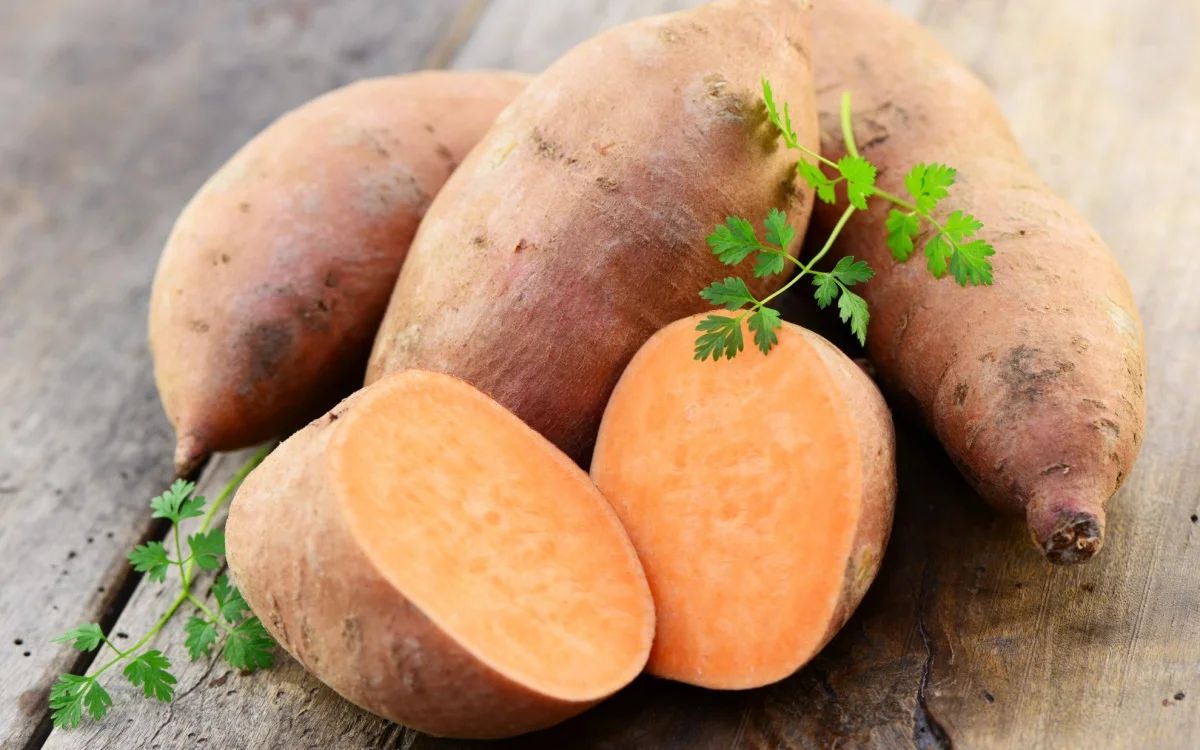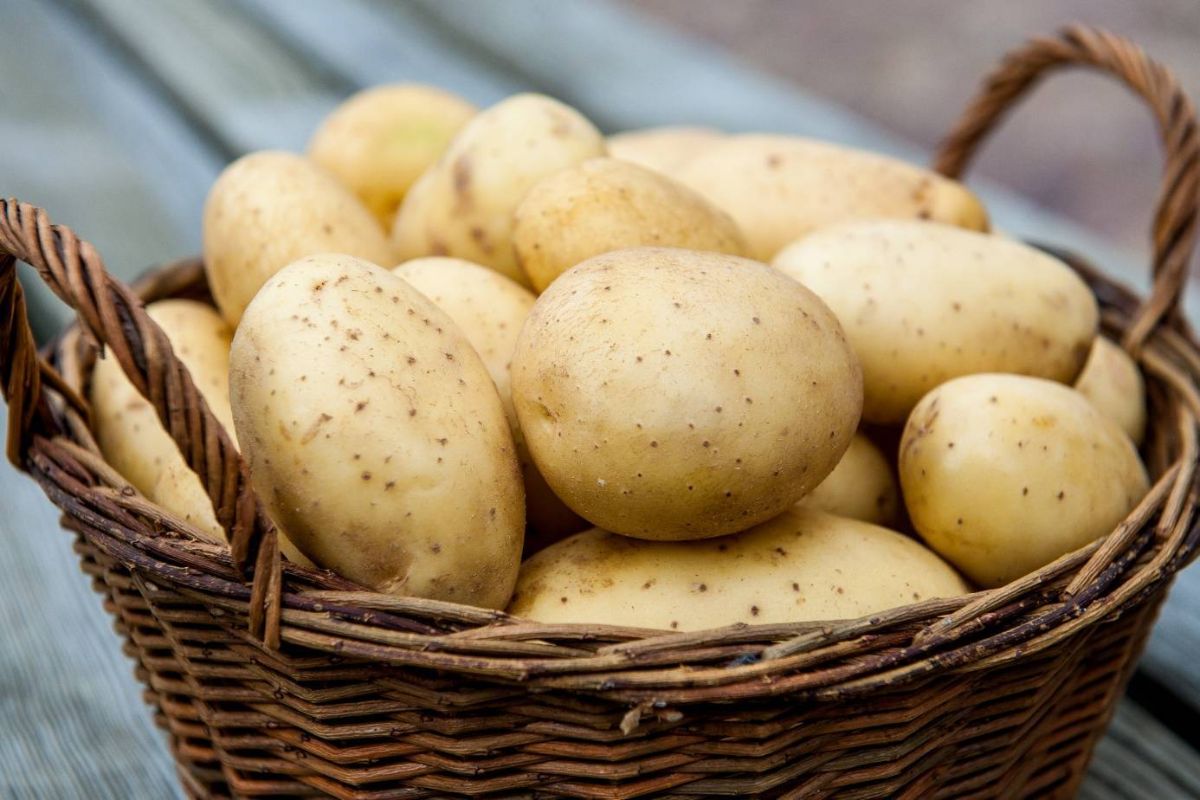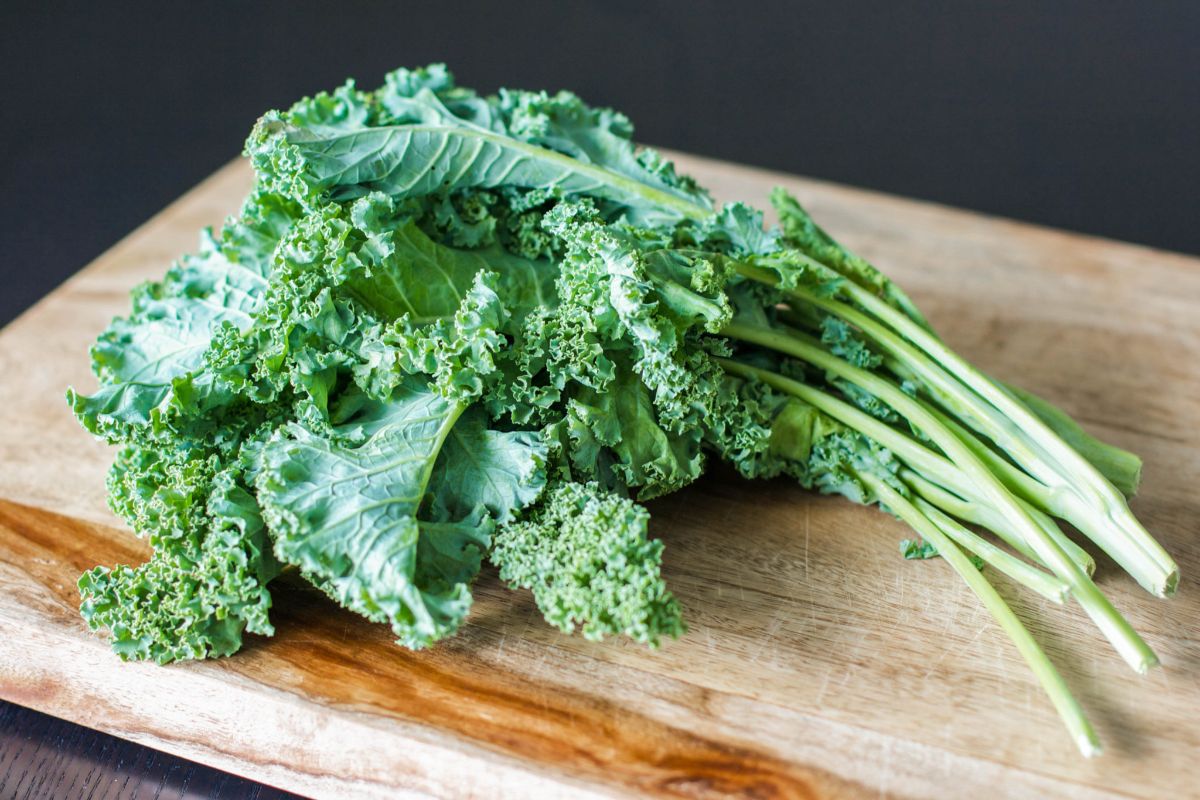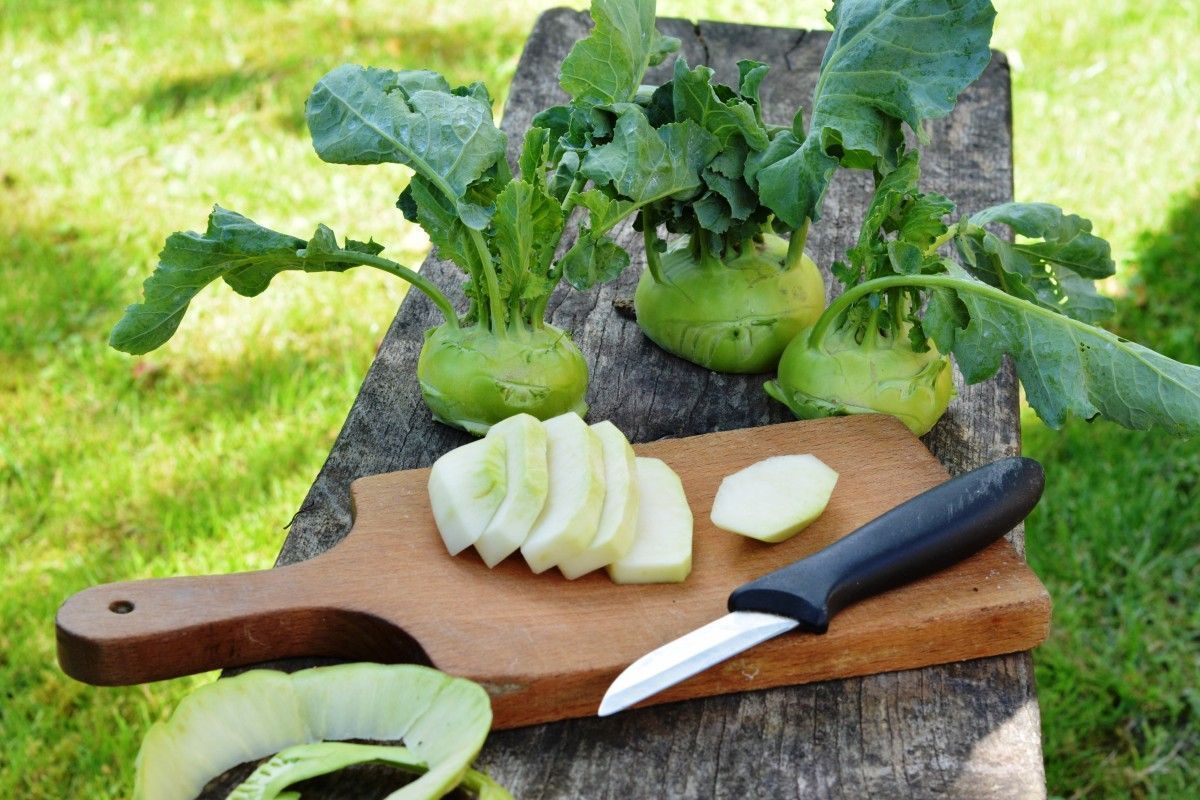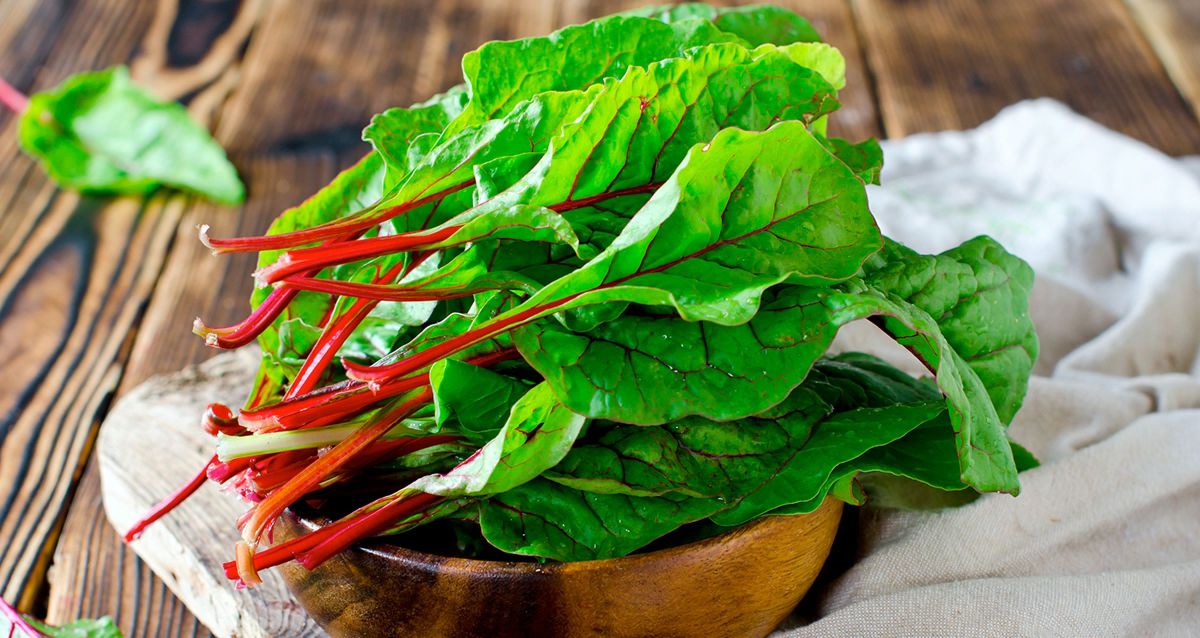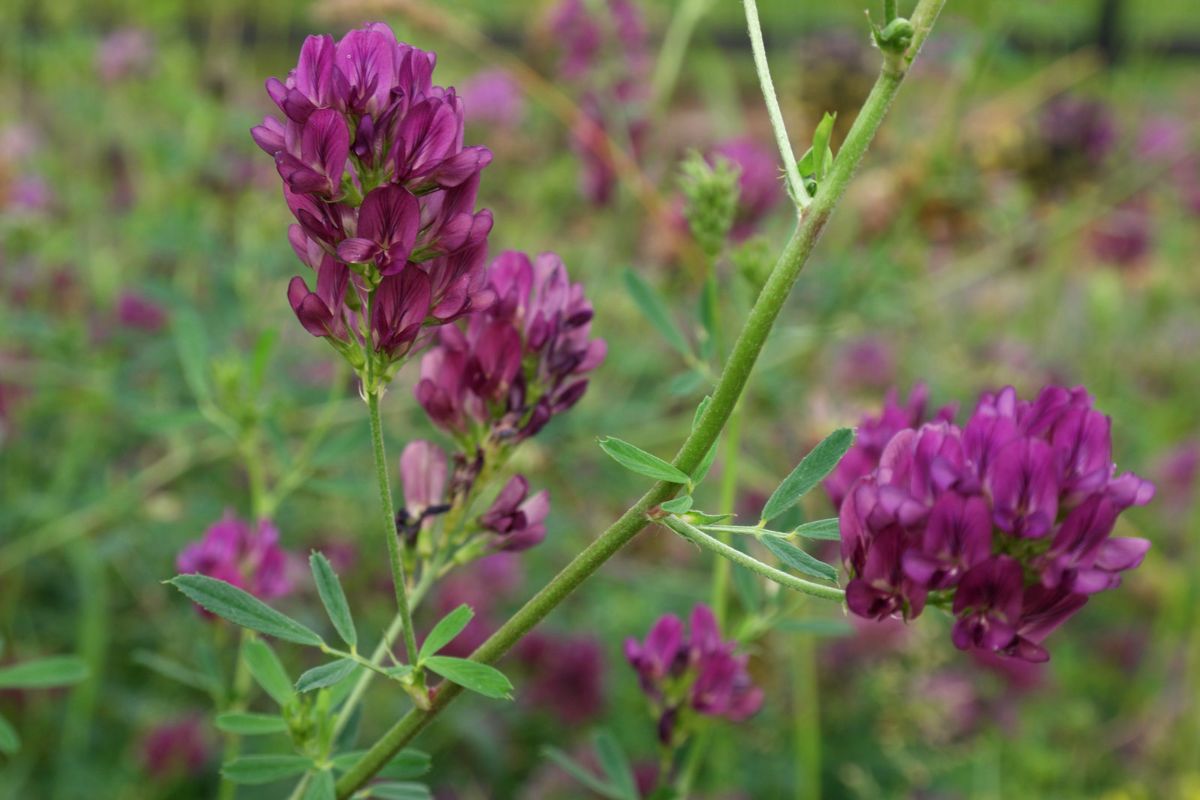7 facts about the benefits and harms of blueberries from a scientific point of view
Blueberries are widely used both in cooking and for medicinal purposes. They are rich in vitamins, macro- and microelements, and antioxidants, which are important for human health.
The berry has been used since ancient times to improve vision, reduce blood pressure and eliminate heart pain. Modern research confirms many useful properties of blueberries (although not all), known since ancient times. It has been proven that its regular use really reduces blood pressure, prevents atherosclerosis, improves brain function and vision.
Content
How it is useful – 7 facts
Below are 7 main facts about the benefits of blueberries, which are beyond doubt in the modern scientific community.
1. A source of valuable nutrients
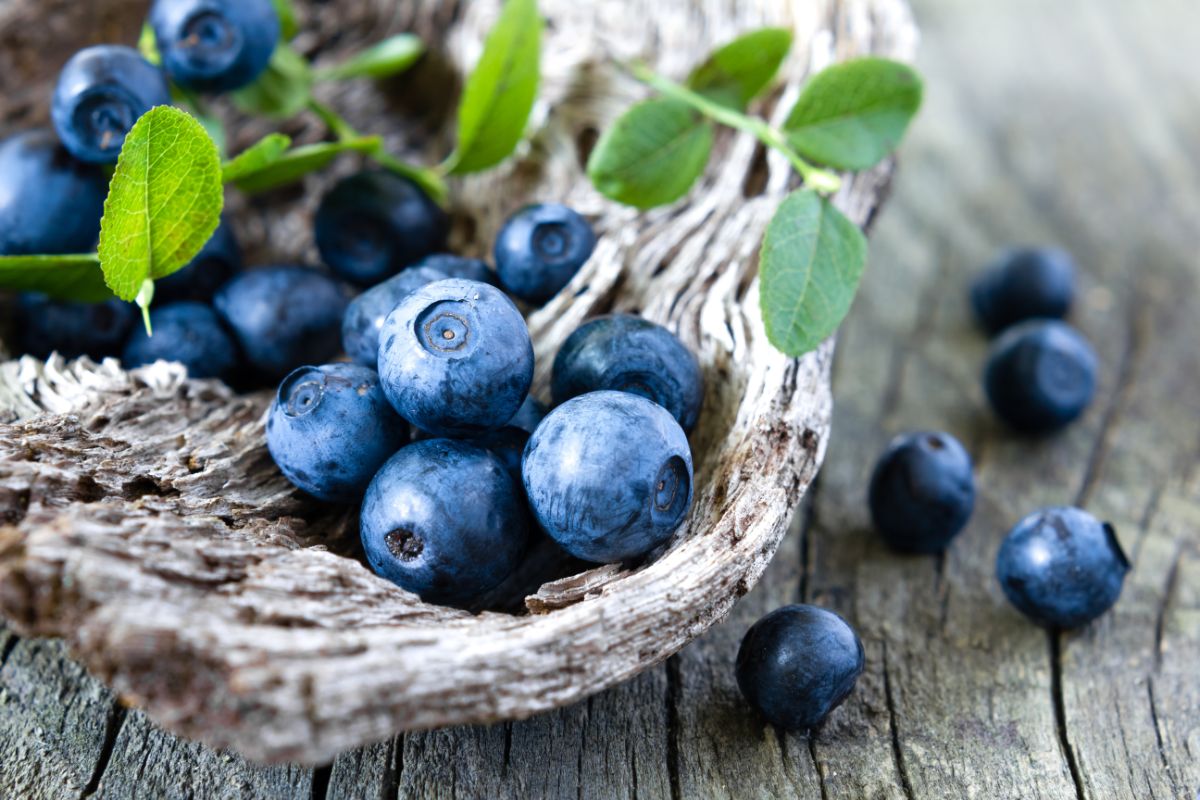
Blueberries have an average calorie content (about 57 calories per 100 grams) and contains the following biologically active components:
| Name of the substance | Percentage of the recommended daily requirement per 100 grams of berries |
| Dietary Fiber | 11 % |
| Vitamin C | 16 % |
| Vitamin K | 19 % |
| Vitamin E | 3 % |
| Vitamin B6 | 3 % |
| Manganese | 17 % |
| Copper | 4 % |
Blueberries are rich in fiber and 85% water, which makes them a dietary food that promotes weight loss. The berry is also rich in antioxidants.
2. Antioxidant effect
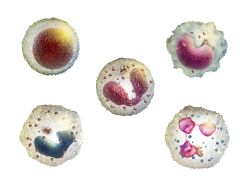
Known that blueberries contain a huge amount of antioxidants, Surpassing by their number, almost all known types of fruits, vegetables and berries. The main classes of antioxidant substances in its composition are flavonoids and anthocyanins.
According to the information employees of the University of California (USA), antioxidants protect the human body from the negative effects of free radicals, oxidative stress and chronic inflammation. It is with these processes that the appearance of malignant tumors, the early development of cardiovascular or endocrine diseases, and a decrease in brain functions are associated.
Canadian scientists experimentally installed that eating blueberries causes an increase in the amount of circulating antioxidants in the blood plasma.
3. Normalization of cholesterol levels and prevention of atherosclerosis
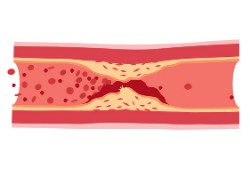 Atherosclerosis is an extremely common disease, the incidence of which increases steadily with age. The pathology affects large arterial vessels (feeding the heart, brain or lower extremities), causing a decrease in blood flow and the formation of blood clots.
Atherosclerosis is an extremely common disease, the incidence of which increases steadily with age. The pathology affects large arterial vessels (feeding the heart, brain or lower extremities), causing a decrease in blood flow and the formation of blood clots.
The development of atherosclerosis is based on dyslipidemia – an increase in total cholesterol and its atherogenic fractions (LDL, VLDL, TAG), a decrease in the concentration of "useful" cholesterol (HDL).
Research by scientists from Canada demonstrate that blueberries reduce LDL levels in the blood by blocking the formation of atherosclerotic plaques.
How claim experts from the USA, eating only 50 grams of berries per day reduces LDL concentration by 27% after 8 weeks.
4. Lowering blood pressure
 Blueberries contain a number of antioxidants that reduce the tone of peripheral arteries and cause a decrease in blood pressure (BP).
Blueberries contain a number of antioxidants that reduce the tone of peripheral arteries and cause a decrease in blood pressure (BP).
Proven that about 50 grams of berries per day reduce systolic blood pressure by 6%, diastolic blood pressure by 4%.
This effect is based on Gain production of a tissue regulator of total peripheral vascular resistance – nitric oxide.
It is recommended to regularly consume blueberries in order to prevent the early development of hypertension (especially with a burdened family history), as well as for its treatment (together with medications).
5. Improving brain function
 When conducting numerous animal experiments has been proven
that blueberries enhance learning ability and
improve memory
in elderly animals. The effect is associated with a decrease in the effect of free radicals on brain tissue.
When conducting numerous animal experiments has been proven
that blueberries enhance learning ability and
improve memory
in elderly animals. The effect is associated with a decrease in the effect of free radicals on brain tissue.
Employees of Sultan Qaboos University (Oman) proved that blueberries prevent people from developing neurodegenerative pathologies such as Alzheimer's disease, Pick's disease, Parkinson's disease, multiple sclerosis.
Antioxidants in the berry fight oxidative stress, which is associated with accelerated aging of the brain and a decrease in its functional activity.
6. Prevention of type II diabetes mellitus
 Biologically active substances included in blueberries play an important role in regulating the concentration of glucose in blood plasma.
Biologically active substances included in blueberries play an important role in regulating the concentration of glucose in blood plasma.
According to research data , anthocyanins in berries increase the sensitivity of receptors of peripheral tissue cells (muscle and fat) to insulin. This increases the rate of glucose utilization and causes a decrease in its content in the blood.
Similar results demonstrate the works of experts from the USA. According to their information, the consumption of two blueberry smoothies per day for several weeks causes a marked decrease in blood sugar levels due to a decrease in insulin resistance.
7. Slight improvement in eye health
 Since ancient times, there has been an opinion that blueberries are "berries for the eyes." People mistakenly believe that it heals from any diseases of the ophthalmic apparatus.
Since ancient times, there has been an opinion that blueberries are "berries for the eyes." People mistakenly believe that it heals from any diseases of the ophthalmic apparatus.
At the same time, no major scientific experiments have been conducted on the effects of blueberries on the development of diseases of the visual organs.
With high confidence, we can only say that blueberries slightly increase blood flow in the eyeball and prevent retinal detachment.
Berry is not effective against senile vision loss. It also does not improve twilight vision, which was detected in the course of conducting human studies led by scientists from the USA.
Harm and contraindications
 Despite all the medicinal properties, in some cases, the use of blueberries can harm the body. Contraindications include:
Despite all the medicinal properties, in some cases, the use of blueberries can harm the body. Contraindications include:
- Allergic reactions. Blueberry allergy is extremely rare and characterized by a mild course.
- Taking drugs that affect the "viscosity" of blood. The combined use of blueberries with disaggregants, anticoagulants or thrombolytics reduces the effectiveness of the latter and can lead to thrombotic or thromboembolic complications.
- Urolithiasis. Abuse of blueberries may increase the likelihood of new stones forming in the lumen of the urinary tract.
Features of reception during pregnancy
Blueberries are recommended for women during pregnancy, but in strictly limited quantities (no more than 150-200 grams per day). The berry has a beneficial effect on the formation of fetal organs, is a means of preventing toxicosis and abnormalities of labor activity in the mother.
But with excessive use, it causes increased motility of the digestive tract, which can negatively affect the blood flow rate in the mother-placenta-fetus system.
How to use it correctly?
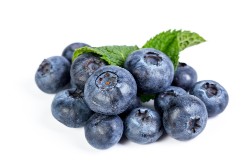 The recommended maximum daily dose of blueberries is up to 250-300 grams.
The recommended maximum daily dose of blueberries is up to 250-300 grams.
At the same time, during pregnancy, the dose should not exceed 150-200 grams, and during lactation – 200 grams. Neglecting this rule can lead to the development of side effects.
It is best to eat the berry fresh.
Blueberries are combined with almost any food. It is often mixed with cottage cheese and sour cream. It is used to prepare various desserts based on oatmeal, yoghurts, confectionery, pastries.
Compote and mors are made from berries. Blueberry leaves and shoots are used to make decoctions and tinctures.
It is also common to take blueberries in the form of syrups, jellies or jams, but these methods are the least preferred.
Berry extract is even taken in the form of capsules and tablets.
Below are 5 simple blueberry recipes.
1. Compote
Ingredients (per 3-liter jar):
- 500 grams of blueberries;
- Up to 3 liters of water;
- 100-150 grams of sugar.
Cooking scheme:
- Select the berries, rinse, remove the stems.
- Pour water into an enameled saucepan and bring to a boil.
- Put the berries in boiling water, add sugar. Cook for 15 minutes.
- Cool and pour into a glass jar. Close the lid. The resulting product can be stored in the refrigerator for no more than 7 days.
2. Morse
To get blueberry juice, it is enough to squeeze it out with a juicer or grind the berries in a blender, and then manually squeeze through cheesecloth. However, most often it is necessary to prepare the juice for the winter (for long-term storage). This will require:
- About 1200 grams of blueberries;
- 80 grams of sugar;
- 200 ml of hot water.
Recipe:
- Sort the berries, rinse, remove the stems.
- Place the berries in an enameled bowl. Stretch it out.
- Add about 200 ml of hot water to the mass.
- Mix thoroughly and, placing in cheesecloth, squeeze out the juice. The use of a press is allowed.
- Add sugar to the juice, heat it up to 80 degrees.
- Pass the heated juice through 3-5 layers of gauze and pour into pre-pasteurized jars. Roll it up. The resulting product can be stored in the refrigerator for up to 6-12 months.
3. Berry tea
Ingredients;
- 100 grams of dried fruits;
- 1,000 ml of water;
- Sugar – to taste.
Recipe:
- Bring the water to a boil.
- Pour in the dried berries, add sugar, stir thoroughly.
- Insist for 10-15 minutes.
- Strain. The product is ready!
4. Infusion of leaves
Needed:
- 2 tbsp blueberry leaves;
- 500 ml of boiling water.
Recipe:
- Pour the dried leaves with boiling water.
- Insist for about 3-5 minutes.
- Strain. Tea is ready!
5. Tincture
Required:
- 500 ml of vodka;
- 350 grams of blueberries.
Preparation:
- Thoroughly rinse and select the berries, remove the stems.
- Transfer the berries to a suitable glass container. Pour vodka over it. Close the lid tightly.
- Insist for 14 days in any dark and protected from sunlight place. It is recommended to shake the contents every 2-3 days.
- After 2 weeks, pass the contents of the container through gauze folded in 5-6 layers. Pour the mixture into glass bottles. Store in a dark, cool and dark place for up to 3 years.
How to save for the winter?
 There are many ways to store blueberries for a long time. However, most of them are not able to preserve its healing properties, and some are even harmful.
There are many ways to store blueberries for a long time. However, most of them are not able to preserve its healing properties, and some are even harmful.
The main methods of harvesting for the winter include:
- Freezing . The simplest and most useful option for preserving any berries, vegetables and fruits. Frozen blueberries practically do not lose their qualities.
- Drying. Dried blueberries contain more sugar and have high energy value. Dried fruits should be consumed with caution, as this can negatively affect body weight and blood sugar levels.
- Options with added sugar. It is extremely popular to store blueberries mashed with sugar, as well as in the form of jam. However, such storage methods lead to a marked decrease in the biological potential of berries and add a significant amount of calories, as well as neutralize all the positive properties with a huge amount of sugar.
Freezing
To freeze blueberries correctly, you need to:
- Select the best berries (large, without damage), rinse them and dry them.
- Arrange on trays. If several layers of berries are laid out, make a polyethylene layer.
- Freeze from 12 to 18 hours.
- Then pour the berries into a bag and store in the freezer.
- Shelf life is up to 12 months.
Drying
For proper drying, you should:
- Sort, wash and thoroughly dry the berries.
- Spread out on a baking sheet.
- Dry in the oven, preheated to 40-60 degrees for about 3-4 hours.
- Put the dried berries in an airtight container or bag.
- Store in a dry place for no more than 6 months.
Answers to questions
Below are the answers to the most common questions:
- Properties and applications of leaves. Blueberry leaves are usually used to make tea and decoctions, less often – tinctures. Products based on them can be used to alleviate diseases of the stomach, intestines, liver and gallbladder, as well as for strengthening the immune system .
- Is wild berry useful? Yes! Wild blueberry varieties usually contain slightly more biologically active substances.
- Comparison with blueberries. Blueberries are the closest relative of blueberries, they are considered a more useful berry, as they differ from blueberries in a higher content of vitamins C, A and P, as well as calcium, iron and phosphorus.
Conclusion
- Blueberries are rich in vitamins (C, K), minerals (manganese, copper) and antioxidants.
- It reduces the risk of developing cardiovascular diseases and type II diabetes mellitus, improves the functioning of the brain, visual organs and helps to reduce body weight.
- Blueberries are recommended for inclusion in the diet of pregnant women, as they reduce the risk of fetal malformations and complications of pregnancy.
